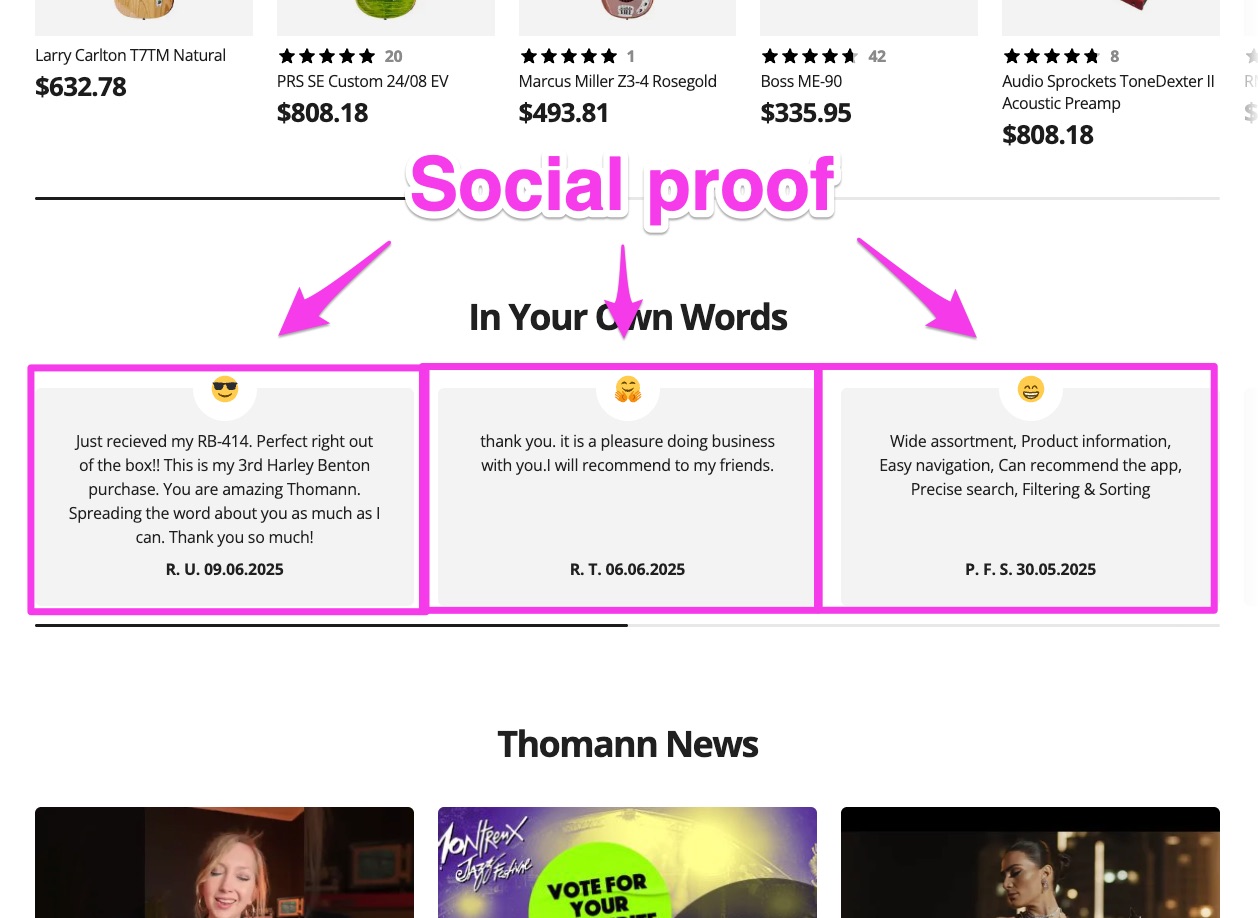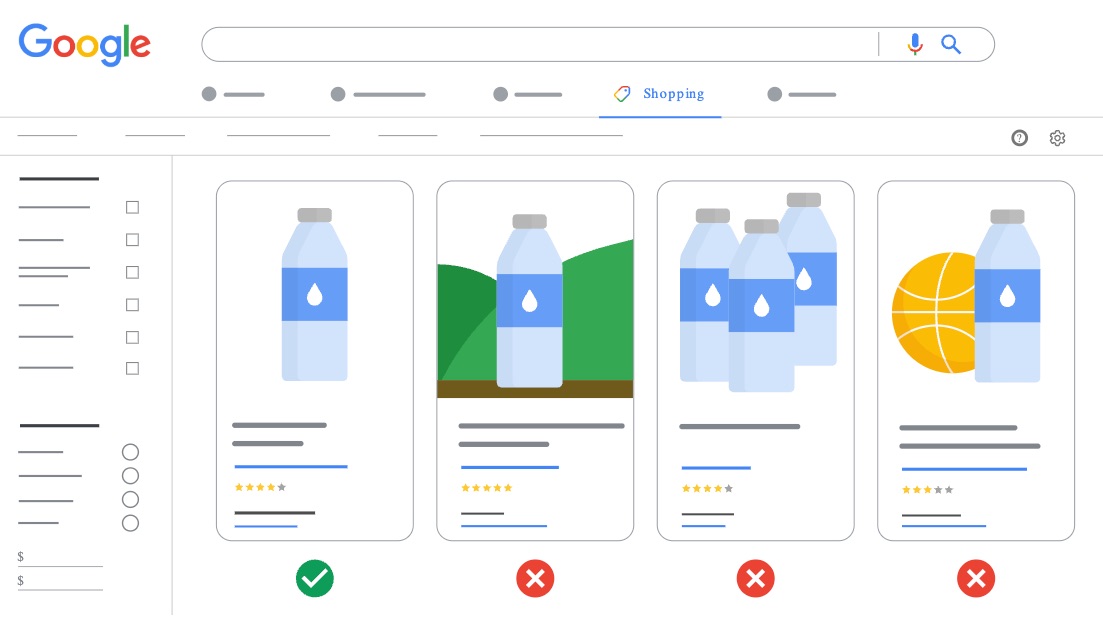Ever wondered why certain products pop up front and center when you ask ChatGPT for shopping advice? It’s not a coincidence, and it’s definitely not random.
There’s a deliberate, data-driven process at play—one that rewards the brands and retailers who sweat the details.
After years of digging into how AI-powered shopping recommendations are built, I’ve mapped out the real-world levers that push products to the top.
If you’re responsible for product listings, feeds, or e-commerce strategy, these are the factors that determine whether you get noticed or ignored.
Let’s pull back the curtain on what actually drives product visibility in the age of conversational AI.
1. Structured Data: The Entry Ticket
Forget about fancy web design.
What matters most to ChatGPT is the information it can extract from your product data, not how your site looks to a human.
The AI doesn’t “see” your page; it reads your product feed, your schema, and your markup.
If your product specs are locked away in images, PDFs, or poorly formatted tables, you’re invisible to the system.
Key Takeaway:Implementing comprehensive Schema.org Product and Offer markup isn’t optional—it’s foundational. This is how the AI recognizes:
- Pricing details
- Color, size, and regional options
- Inventory status
- Materials and technical attributes
If you skip these, your products won’t even be considered. Clean, structured data also prevents mismatches—so a search for “affordable rain jacket” doesn’t surface luxury coats just because of a vague keyword overlap.
Action Step:Check your robots.txt and make sure OAI-SearchBot and similar crawlers have access to your structured data. If they can’t crawl it, you’re out of the running.
2. Social Proof: Reviews and Ratings
Getting indexed is just the beginning. To actually rank, you need credible, detailed review data.

ChatGPT’s ranking logic leans hard on verified reviews and aggregate ratings. But it’s not just about the number of stars—the AI parses the language in your reviews for recurring themes and product attributes.
If buyers repeatedly mention “fits as expected” or “battery lasts all day,” the model will pick up on those signals. Encourage reviews that highlight specifics, such as:
- “Lightweight and easy to carry”
- “Great for people with wide feet”
- “Stays waterproof in heavy rain”
Consistent, attribute-rich feedback helps the AI tag your product for precise queries. Verified purchase badges and structured review data make these signals even stronger.
What the AI Looks For in Review Data
3. Product Feed Precision
Soon, OpenAI will allow direct product feed submissions. Sign up for updates here.
Generic feeds won’t cut it. The best-performing products have feeds packed with the details shoppers actually care about:
- Up-to-date price and currency
- Live stock status
- Brand and model
- Color and material choices
- Size, fit, and measurements
- Key features (Bluetooth, battery life, etc.)
- Warranty or return policy
If someone searches for “portable speaker under $60, blue, 12-hour battery,” your feed needs to spell out every attribute.
Efficiency Tip:Manual feed updates are a grind. Use AI-powered tools like SEO.AI to keep your data accurate and comprehensive.
4. Titles and Descriptions: Speak Shopper, Not Robot
Your product titles and descriptions are critical for matching real-world queries.
Titles:Max out the character limit (up to 150) and be as descriptive as possible.
- “Natural Bamboo Bee House – Brown, 15x15x9cm, Weatherproof, Eco-Friendly Tubes”
- “Two-Level Cat Condo – Black, 78cm, Steel Mesh, Wheels, Ladders, Hammocks”
Descriptions:Skip the fluff. List every relevant detail, feature, and use case. The more your copy matches how people actually shop, the better your odds.
5. Category Accuracy: Don’t Get Lost
Misclassified products are filtered out before they even have a chance to rank. If your headphones are under “Electronics > Accessories” instead of “Electronics > Audio > Headphones,” you’re invisible.
Audit your categories against industry standards (Google Product Taxonomy, Amazon Browse Nodes, etc.) and get as specific as possible.
Pro Tip:Automate category mapping with AI tools—this is tedious but essential.
6. Price and Inventory: Real-Time or Bust
Price-sensitive searches are the norm. If your feed isn’t updated with the latest prices and stock levels, you’ll get dropped.
Automate updates multiple times daily. Outdated info—especially during sales—kills your chances.
7. Regional Targeting: Serve the Right Audience
OpenAI shares a general location signal with its partners. If you only ship to the US but the user is in Europe, your product won’t show up.
Keep your shipping, sizing, currency, and voltage data localized and accurate.
8. Images: Visuals Drive Clicks
ChatGPT’s shopping cards are image-first. High-quality, clear product photos with neutral backgrounds outperform cluttered or low-res images.
If you’re syndicating to Google, remember: non-white backgrounds can get your products removed.
Invest in professional, consistent product photography.

9. Authority: Off-Site Validation
Mentions on respected third-party sites—industry blogs, review platforms, Reddit, or media outlets—act as trust signals.
For B2B and high-consideration purchases, these off-site references can make or break your ranking.
Make PR and outreach a core part of your strategy. The more credible sources talk about your product, the more trustworthy you appear to the AI.
10. Compliance: Pass the Filters
Before anything else, your product must clear OpenAI’s safety checks: legality, age-appropriateness, compliance, and relevance. Listings with restricted or misleading content are filtered out instantly.
Regularly audit your feeds for compliance and avoid language that could trigger false positives.
Quick-Scan Optimization List
- Open up robots.txt for OAI-SearchBot and similar crawlers.
- Implement complete Product + Offer schema for every item.
- Collect and tag reviews with verified badges and attribute-rich feedback.
- Automate price and stock updates for real-time accuracy.
- Write titles and descriptions that match natural search queries.
- Secure third-party mentions for authority.
- Map categories to industry standards.
- Use high-quality images with clean backgrounds.
- Localize attributes for shipping, currency, and sizing.
- Scrub for compliance—no restricted or misleading content.
ChatGPT’s product recommendations aren’t pay-to-play, and they’re not a mystery. What matters is the accuracy, depth, and clarity of your product data.
Every improvement—whether it’s better structured data, richer reviews, or more third-party validation—boosts your odds.
Treat every attribute as a lever for visibility. The more you invest in data quality and user-aligned content, the more likely you are to get featured. That’s how you win in the new era of AI-driven product discovery.
Want to try the #1 AI Toolkit for SEO teams?
Our AI SEO assistants helps write and optimize everything - from descriptions and articles to product feeds - so they appeal to both customers and search engine algorithms. Try it now with a free trial→


![Product Disapprovals in Google Merchant Center [How to Fix Them]](https://cdn.prod.website-files.com/689da0db4875be384646a495/68a46dda8d01677982031ce4_product-disapprovals-in-merchant-center.jpg)

